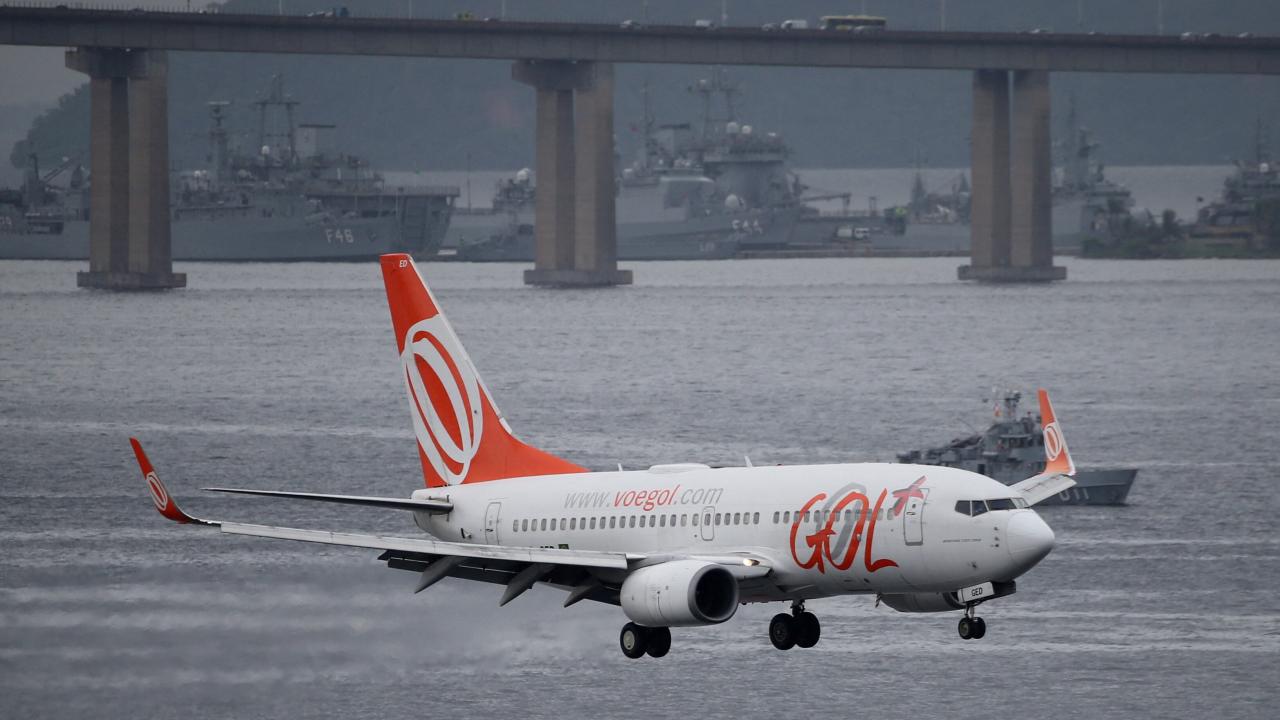
This is what the company explained in the presentation of its five-year financial plan, which includes its estimates of the Ebitda margin and fleet growth.
The Brazilian airline Gol contemplates the long-term refinancing of a secured debt of US$ 2,000 million, plus compensatory interest, and an injection of new capital of approximately US$ 1,500 million for its successful exit from Chapter 11 of the Bankruptcy Law in United States, which was welcomed at the beginning of the year.
This is what the company explained in the presentation of its five-year financial plan, which includes its estimates of the Ebitda margin and fleet growth.
The terms and conditions of the capital increase will be determined "in due course", in full compliance with Brazilian law and the United States Bankruptcy Code.
The company and its advisors intend to conduct a competitive process through which they will evaluate exit financing proposals and any viable and competitive alternative transactions, including opportunities presented by potential sources of equity and debt capital.
The aforementioned competitive process will begin in early June and is expected to last at least until the end of the third quarter of 2024 and possibly until the fourth quarter of 2024.
Although Gol has anticipated a successful exit financing process, it has warned that the process is uncertain, which is why it has assessed that it is likely that its shares will have a minimum value at the time of bankruptcy and, consequently, investing in them would involve a "significant" risk.
LIQUIDITY IMPROVEMENT
Other secured debt is expected to be refinanced upon exiting Chapter 11, which is expected to lead to substantial improvement in cash liquidity on a sustained basis. With the balance sheet operations contemplated in the five-year plan, liquidity levels are expected to reach approximately 18% and 25% of trailing 12-month revenues by the end of 2025 and 2029.
Gol's five-year plan includes details on the company's continued efforts to improve operational and financial results. The goal is to return to pre-crisis national capacity levels in 2026.
The company's forecast also demonstrates its commitment to expanding its network, both nationally and internationally, maximizing long-term benefits. In order to support its planned expansion, the plan projects fleet growth to 169 aircraft in 2029, while also investing in its existing fleet in the near term.
"Gol's new five-year plan serves as a clear roadmap for our next phase. With a clear plan in place, we can begin to prepare for the competitive exit financing process that we will begin shortly as a means of ensuring Gol has the solid financial basis possible after our exit from Chapter 11," said Gol's CEO, Celso Ferrer.
As a result of this strategic approach, according to Gol's five-year plan, Ebitda margins are expected to depress in 2024 (falling to approximately 23%, down from 27% in 2023) as the company rebuilds its capacity. fleet, but are expected to rebound to approximately 29% in 2025, reach approximately 30% in 2026, and grow thereafter to approximately 34% in 2029.









